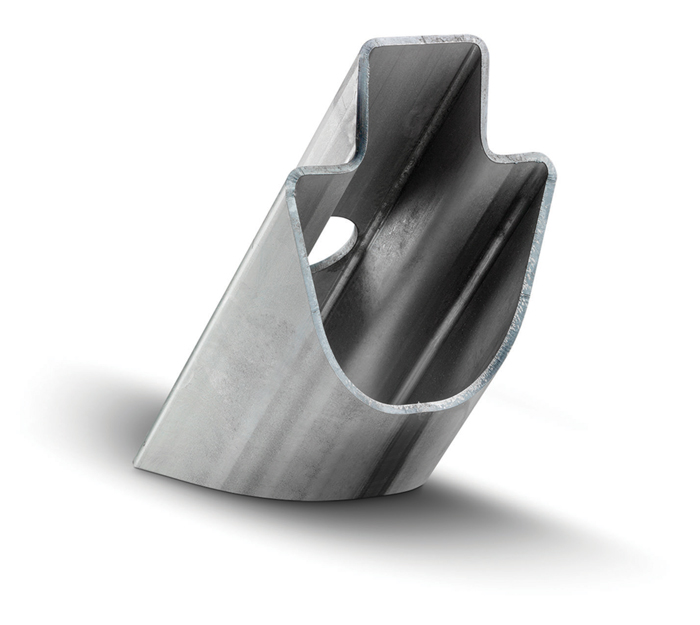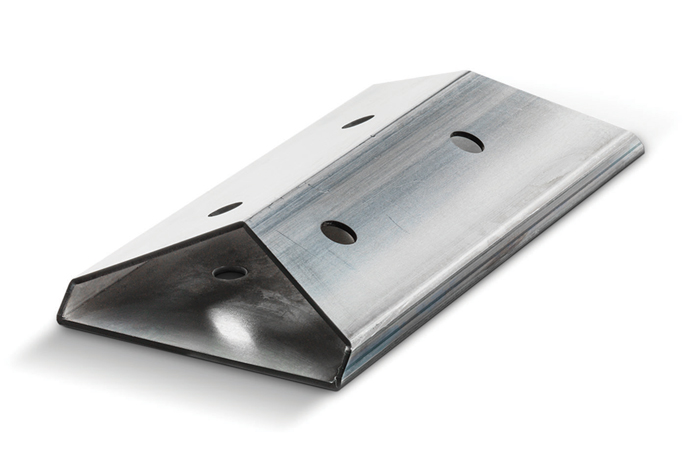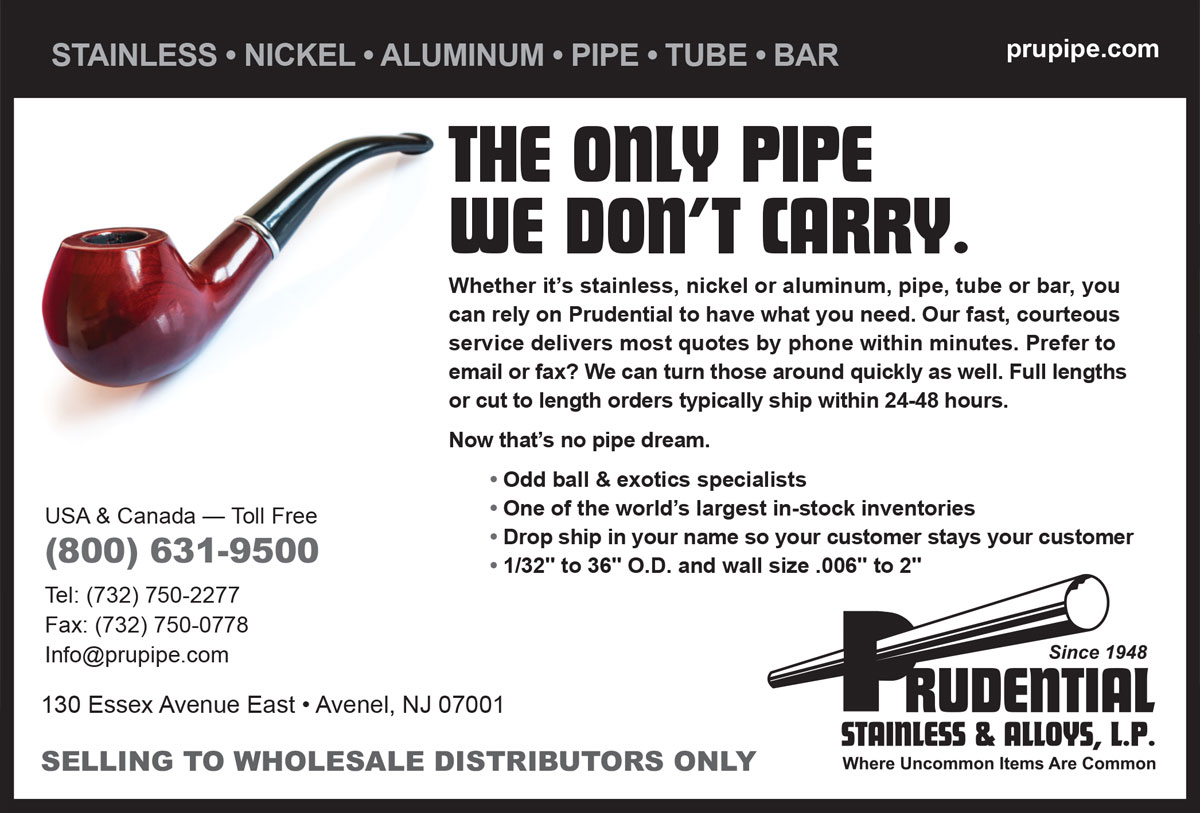
t’s not just the cutting or the processing of a particular part. It’s how fast you can get to the next part,” says Steve West, vice president of engineered products at Chicago Tube and Iron.
The Romeoville, Illinois-based specialty steel service center stocks over 30,000 line items and has 10 branches throughout the Midwest and in Monterrey, Mexico.
“To some extent, CTI is a giant job shop,” West says. “We buy steel, we cut steel and we ship parts. Our product mix goes to every major type of OEM: military, automotive, truck and trailer, food processing, farm equipment.”
 Ninety-nine percent of our parts run better and faster off the BLM equipment.
Ninety-nine percent of our parts run better and faster off the BLM equipment. 
“I tend to think of our machines as small, medium and large,” West continues. “The smaller machines tend to handle about 75 percent round product and about 25 percent square and rectangular. The middle machines, such as the LT8, tend to be about 60 percent round and 40 percent square and rectangular. And then, our jumbo machine is only about 10 percent round and 90 percent square and rectangular.”
These make the equipment “easier for people to learn and understand,” West says. “We found that we could train new operators faster. If I can get someone producing parts in weeks, as opposed to months, and become very proficient at it, I can produce more parts and get more done. It is more economical for us.”


CTI also sees this benefit in house. “We probably have 20 percent of the products going through some kind of secondary processing,” West says. “We have found that we can adjust the cutting to improve the fit-up. Sometimes a part goes downstream, and the welders think the fit-up is OK. They don’t even realize that if they asked us to tweak something, they could improve their fit-up. We are finding that in our secondary processes, we are able to mate them up pretty well and enhance our welding capabilities.”
Continuing to find efficiencies and re-evaluate processes gives CTI an edge, and there will be more collaborations with BLM in the future, West predicts. Next on the list will be using the LT-Free to find new strategies for productivity.
“The LT-Free will help us significantly reduce the cost of post-processing a bent tube. If there are certain features in a tube, when you bend it, those features may change or move. If you put a round hole right in the bend profile, the hole gets distorted, so you can’t put it in before the bend. The LT-Free will let us do that post-cutting processing much more economically than how we are doing it today,” West says. CTI will learn whether that will free up existing laser capacity, as well as improve cost and competitiveness on the parts.
Chicago Tube and Iron, Romeoville, Illinois, 815/834-2500, chicagotube.com.
